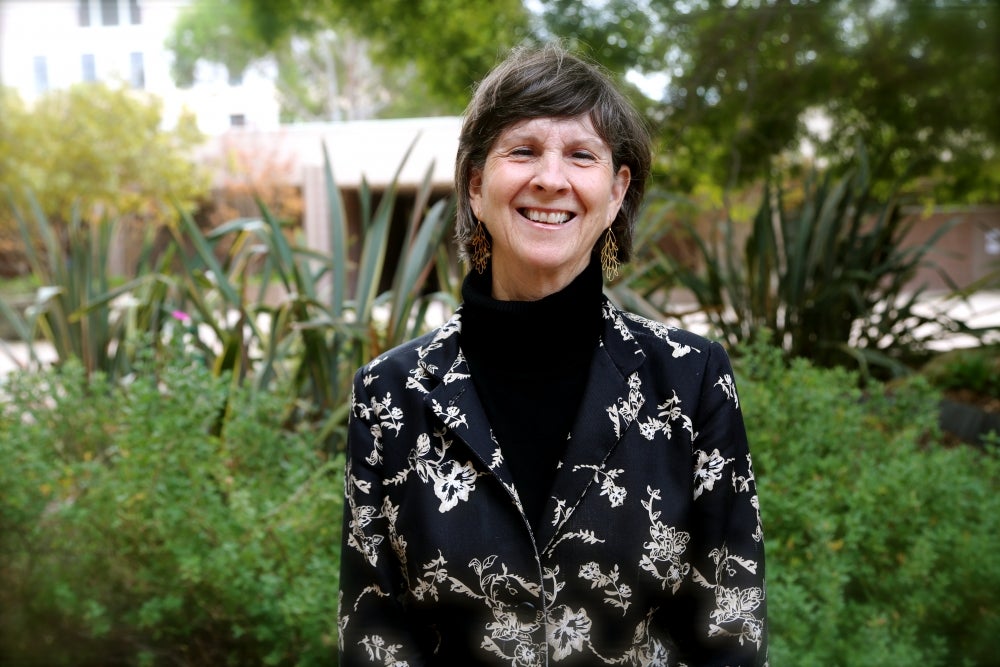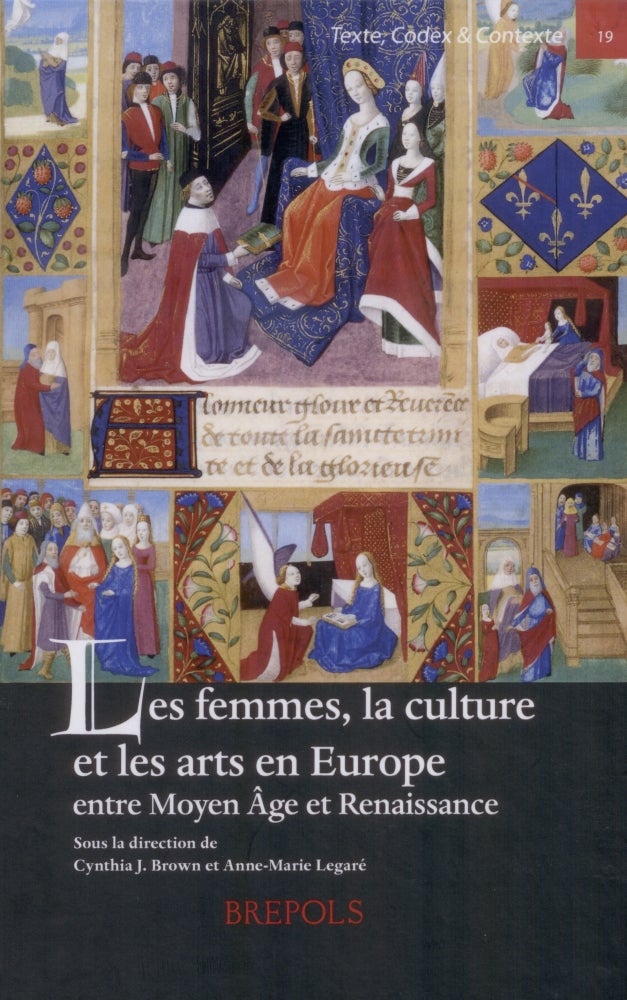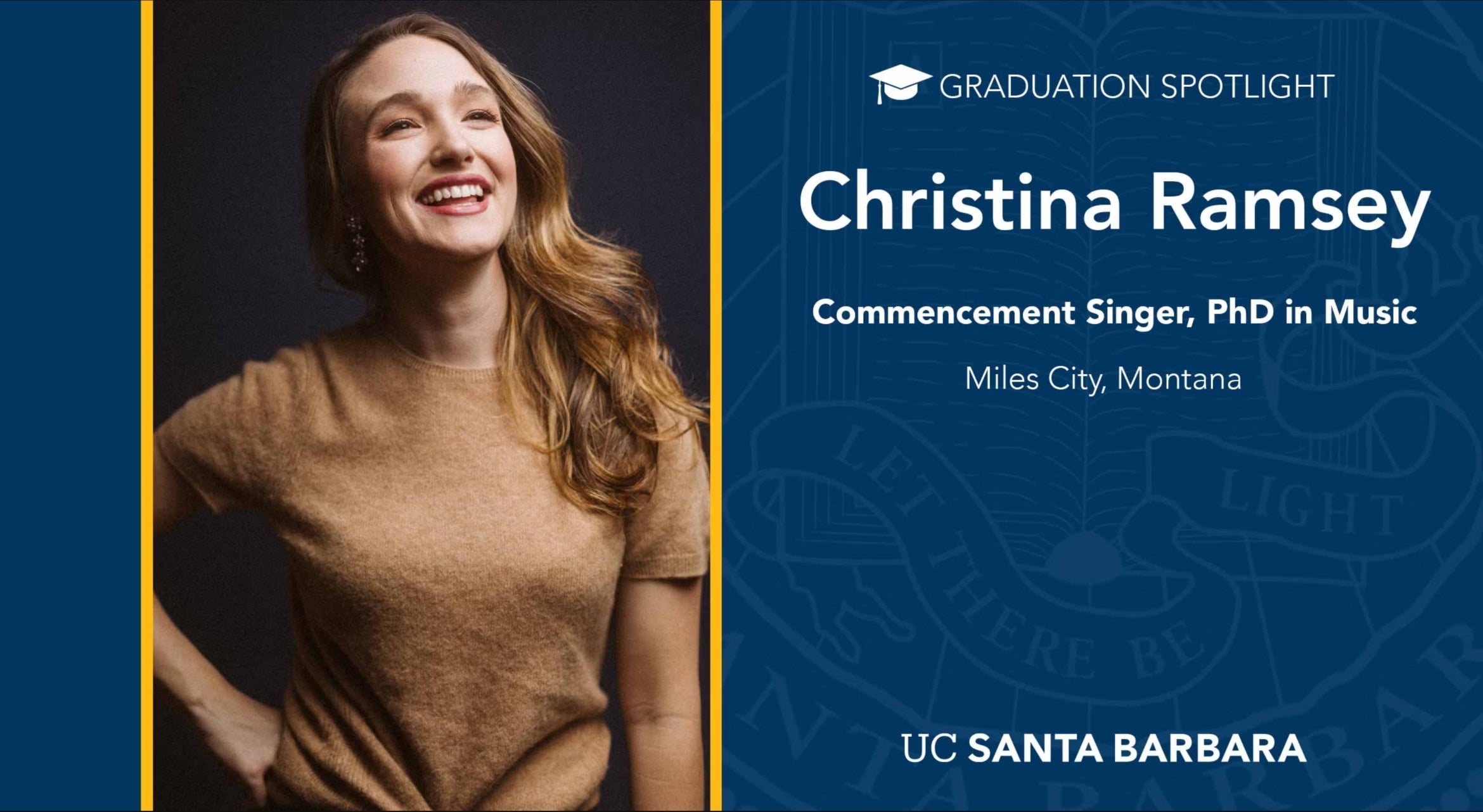
‘Complementary Perspectives’

One grant. Two scholars. Three years.
And now, 600 pages.
Concluding an extended joint project that first launched in 2009, UC Santa Barbara’s Cynthia J. Brown, a professor of French in the Department of French and Italian, has published the volume “Women, Art and Culture in Medieval and Early Renaissance Europe” (Brepols Publishers, 2016) with colleague and co-editor Anne-Marie Legaré of France’s University of Lille-3.
Supported by a three-year grant from the Partner University Fund, Brown and Legaré conceived and collaborated on the project that spanned disciplines, institutions and continents, involving multiple scholars and students in both France and the U.S.
“It was one of those endeavors that expanded in scope as our teamwork advanced — and it succeeded well beyond our expectations,” said Brown, whom the French government named a Chevalier (Knight) of the Ordre des Palmes Académiques (Order of Academic Palms) in 2014 in recognition of her outstanding scholarship and instruction in French literature and culture.
“The book is the concrete product that emerged from much abstract discussion and intellectual exchange,” she added. “It’s a tribute to this cross-disciplinary collaboration.”
Comprised of 22 newly penned articles as well as over 100 illustrations from manuscripts, early printed books and other artwork — some 600 pages altogether — the collection explores female patronage in literary, artistic and bibliophilic contexts from the Middle Ages to the early Renaissance.
“We aimed to better define women’s roles in the transmission of knowledge through their involvement in the reproduction of secular and religious works, with a focus on both the visual and the textual,” Brown explained.
They did so by using multidisciplinary approaches, in concert, to reveal the phenomenon of what they term “cultural feminization,” its conditions and constraints. In so doing, they were able to “elucidate in innovative and original fashion the real character of female patronage” in Europe between the 13th and 16th centuries.
Female patronage is a research focus for Brown, who specializes in late medieval literature and culture, particularly book culture, text-image relationships and text-editing. Legaré is a professor of medieval art history with a similar interest in women’s patronage of books and the arts.
“She’s an art historian, and I’m a literary historian, but we conduct research in the same period,” Brown said. “We’re both interested in the history of books but we approach the book as cultural artifact from different, yet complementary perspectives.
“As a literary scholar I might instinctively just study texts, while, as a specialist in iconography, she might instinctively consider only images,” she continued. “But together we joined our perceptions about text-image relationships and came to better understand the production, physical layout and meaning of medieval and early Renaissance books, particularly those acquired by women. Such collaboration imparts a more holistic vision of the involvement of females in the transmission of knowledge through their inheritance, commission, purchase and gifts of these and other works of art. It’s exciting to engage in this multidisciplinary venture, with many different scholars involved in our exchange over the years and contributing to this collection.”
Their collaboration also extended to their students. Brown’s UCSB graduate students in medieval and early Renaissance literature got the chance to study at Lille; Legaré’s art history graduate students had the opportunity to conduct research in Santa Barbara. In addition to collaborating in seminars at each institution, the students attended related museum expositions in California and France, presented papers at an international conference hosted by University of Lille-3, which appear in revised form in the Brepols volume, and gained experience through direct exposure to the editorial process. Many of their dissertation topics were directly shaped by their interdisciplinary, international experiences, Brown said.
“This grant served to professionalize graduate students in the French department at UCSB and in the art history department at Lille,” Brown said. “At the same time, it promoted intellectual exchanges not only between students and professors but also among scholars like ourselves. This is what we hoped would happen. The relationships established between the students in France and at UCSB during this three-year program will endure, I’m certain, just as my French counterpart and I are already moving on to another joint project. In the end, our partnership has had long-lasting consequences in ways we couldn’t have initially imagined.”



